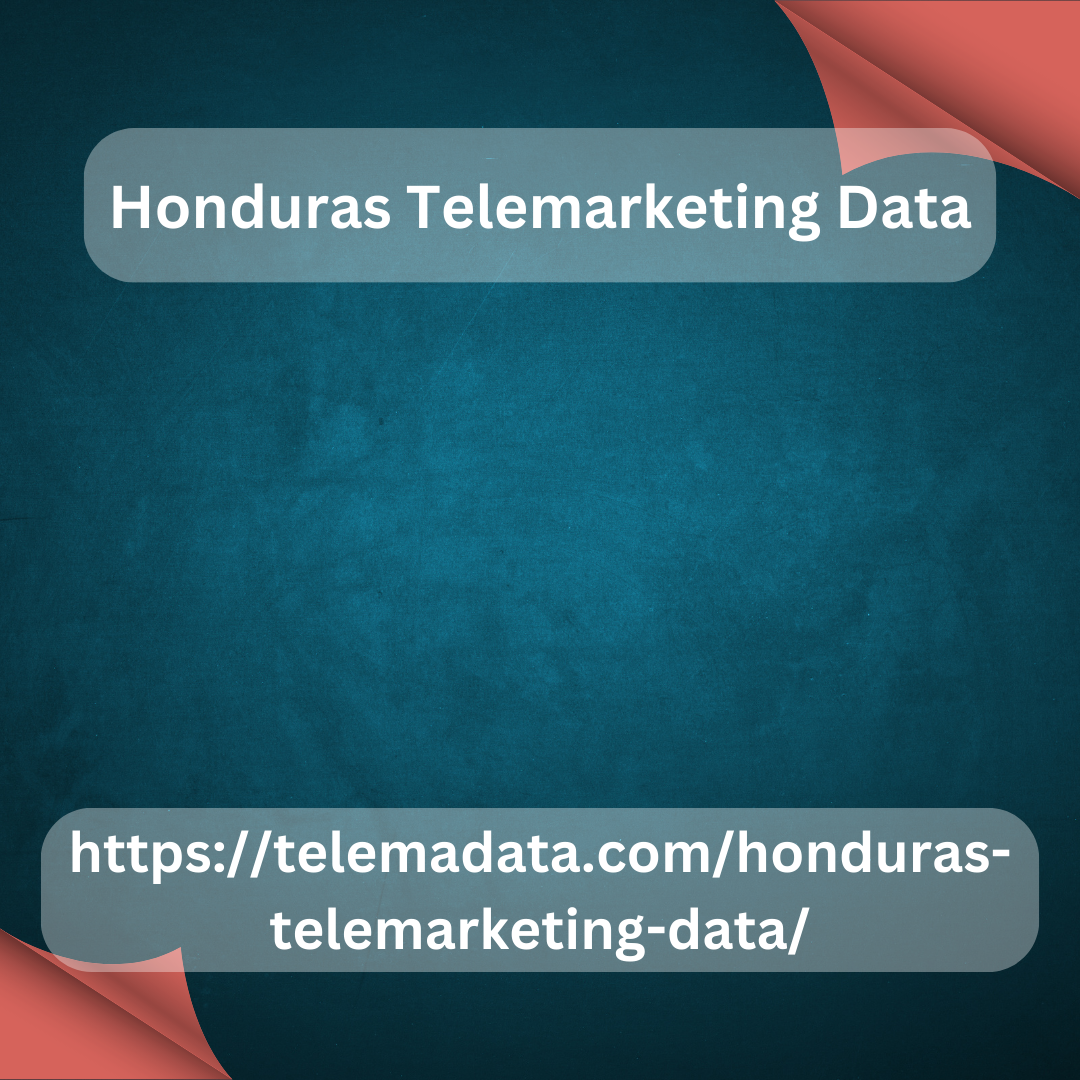Post by prantogomes141 on Feb 14, 2024 2:04:30 GMT -6
A striking disparity exists between the current American labor market and the employment status of people with disabilities. According to the Bureau of Labor Statistics, the unemployment rate for people with disabilities in 2022 was nearly twice the rate for those without disabilities. Additionally, 30 percent of employees with disabilities had part-time employment, compared to 16 percent of workers without disabilities. If American companies actively participated in hiring people with disabilities, they would have access to a talent pool of millions of people with diverse strengths, leadership styles and ways of thinking. 5. There are federal and state tax incentives for hiring people with disabilities.
The government realizes the benefits of business owners hiring employees with disabilities – and the costs of making workplace accommodations – so it financially incentivizes the process via tax benefits. Federal financial incentives include the Work Opportunity Honduras Telemarketing Data Tax Credit (WOTC), the Architectural Barrier Removal Tax Deduction and the Disabled Access Credit. Employers can also take advantage of state tax credits, although these vary. Key Takeaway If you’re an employer offering disability leave to an employee, it’s crucial to understand your state’s regulations surrounding short-term and long-term disability benefits. Why companies may hold back from hiring people with disabilities Some companies avoid diversity, equity and inclusion practices because they incorrectly assume it will cost them excessive money or require complex expertise. However, this is not the case.

Here’s what companies should know about hiring people with disabilities: Hiring people with disabilities isn’t prohibitively expensive. According to the S. Chamber of Commerce, nearly 60 percent of business accommodations for employees with disabilities cost nothing. The remaining 40 percent averages around $500 per person. Additionally, reports overwhelmingly show that the benefits of a diversely abled workforce vastly outweigh the costs. Preparing can save time and money. Being mindful of reasonable accommodations and disability inclusion from the start can also help companies avoid extra costs. For example, consider adding accessibility features immediately and making flexible working hours and diversity training part of your workplace culture. Ask employees what they need.
The government realizes the benefits of business owners hiring employees with disabilities – and the costs of making workplace accommodations – so it financially incentivizes the process via tax benefits. Federal financial incentives include the Work Opportunity Honduras Telemarketing Data Tax Credit (WOTC), the Architectural Barrier Removal Tax Deduction and the Disabled Access Credit. Employers can also take advantage of state tax credits, although these vary. Key Takeaway If you’re an employer offering disability leave to an employee, it’s crucial to understand your state’s regulations surrounding short-term and long-term disability benefits. Why companies may hold back from hiring people with disabilities Some companies avoid diversity, equity and inclusion practices because they incorrectly assume it will cost them excessive money or require complex expertise. However, this is not the case.

Here’s what companies should know about hiring people with disabilities: Hiring people with disabilities isn’t prohibitively expensive. According to the S. Chamber of Commerce, nearly 60 percent of business accommodations for employees with disabilities cost nothing. The remaining 40 percent averages around $500 per person. Additionally, reports overwhelmingly show that the benefits of a diversely abled workforce vastly outweigh the costs. Preparing can save time and money. Being mindful of reasonable accommodations and disability inclusion from the start can also help companies avoid extra costs. For example, consider adding accessibility features immediately and making flexible working hours and diversity training part of your workplace culture. Ask employees what they need.


